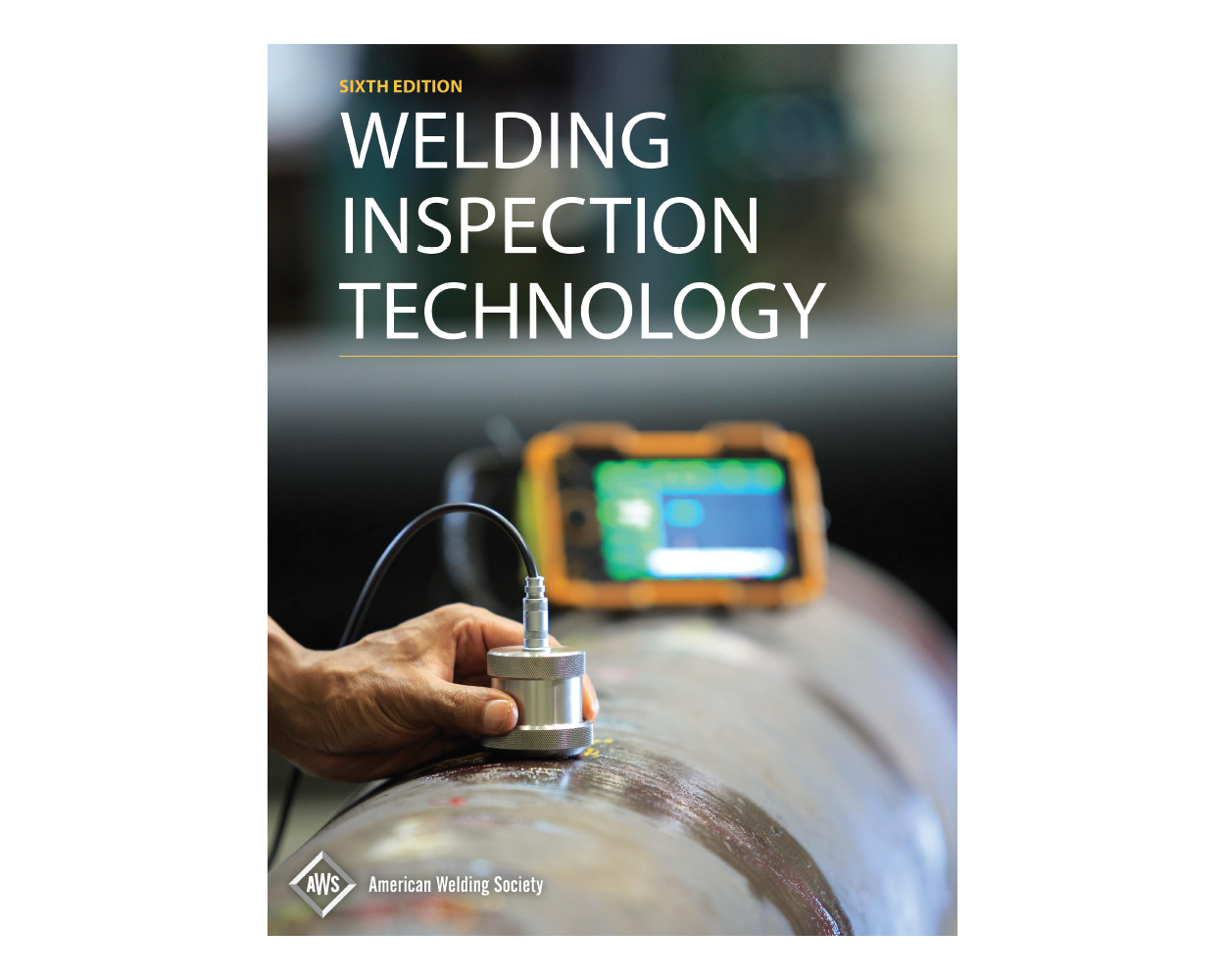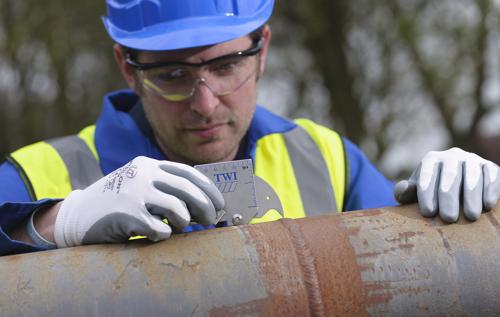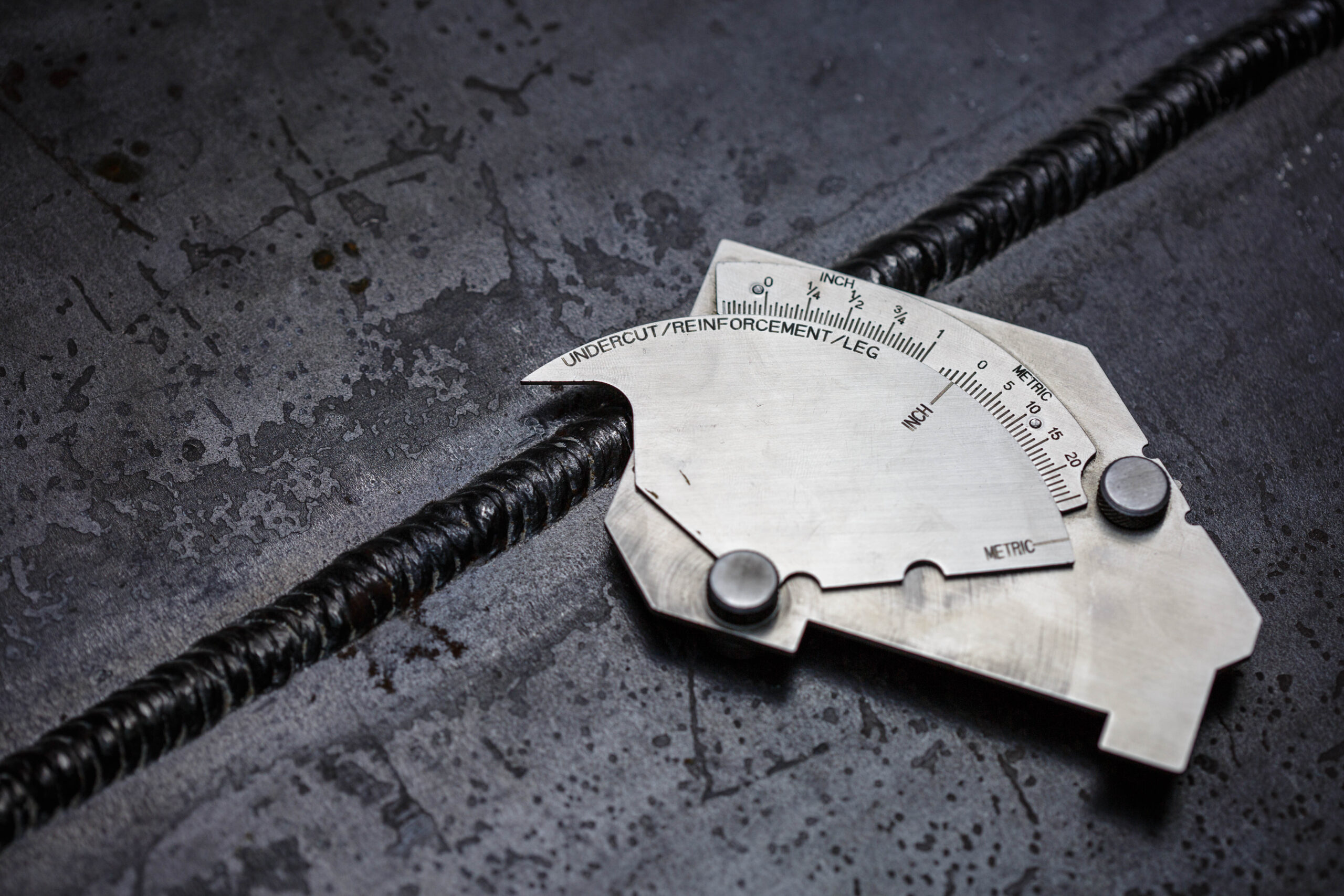Welding Evaluation Demystified: Key Procedures, Devices, and the Important Duty They Play in Keeping High-Quality Welds
Welding examination serves as a vital foundation in the guarantee of architectural stability and top quality in bonded joints, impacting numerous industries from construction to manufacturing. What are the crucial processes and devices that guarantee these criteria are maintained?
Significance of Welding Inspection
Making certain the stability of welded joints is critical in different industries, making the importance of welding examination obvious. The top quality of welds directly impacts the security, performance, and durability of components and structures. In industries such as building and construction, auto, aerospace, and manufacturing, any type of failing in bonded joints can lead to disastrous consequences, consisting of structural failings, devices malfunction, and loss of life.
Welding evaluation acts as an important top quality control measure, guaranteeing that welds fulfill specified criteria and regulative needs. It recognizes problems such as cracks, porosity, and incomplete combination that may compromise the stamina of the weld. By detecting these issues early, welding assessment can stop pricey rework, delays, and potential safety dangers.
In addition, welding evaluation fosters conformity with industry criteria and certifications, improving the credibility of organizations and their items. It likewise sustains continual improvement by offering valuable feedback to welding personnel, allowing them to improve their processes and techniques.
Ultimately, the significance of welding examination can not be overemphasized; it is vital for keeping high-quality welds, guaranteeing safety and security, and safeguarding investments throughout various industries.

Key Examination Processes
Reliable welding assessment relies upon a series of vital procedures created to assess the quality and honesty of welds. These procedures include both visual and non-destructive testing (NDT) approaches, ensuring that any type of problems are identified prior to they compromise architectural stability.
The initial step in the evaluation procedure is a thorough aesthetic evaluation, which allows assessors to examine welds for surface area problems such as cracks, damages, and insufficient fusion. Complying with visual checks, different NDT strategies might be utilized, including ultrasonic testing, magnetic bit screening, and radiographic testing. Each method uses one-of-a-kind benefits; for example, ultrasonic screening can identify interior problems, while radiographic testing provides an irreversible record of the weld's internal framework.
Additionally, it is crucial to confirm compliance with appropriate codes and standards, ensuring that the weld fulfills industry specs. This includes inspecting weld dimensions and placement, as inappropriate dimensions can lead to failures under load.
Necessary Devices for Inspection
On a regular basis making use of the right tools is vital for attaining exact welding assessments. A thorough collection of examination devices aids make certain that welds fulfill rigorous top quality criteria and specifications.
One of the primary devices is the aesthetic assessment scale, which permits examiners to examine surface problems, such as sanitation and surface area coating, straight. Furthermore, calipers and micrometers are vital for gauging weld measurements and guaranteeing they satisfy required tolerances.
For more comprehensive analyses, ultrasonic screening (UT) equipment is very useful. This approach makes use of high-frequency audio waves to spot inner problems and assess product density. Magnetic bit testing (MT) and color penetrant testing (PT) are essential for identifying surface area and near-surface issues, supplying prompt visual indicators of possible concerns.
Welders should additionally be geared up with solidity testers, which review the mechanical residential properties of the weld metal and base materials, guaranteeing they fulfill specified needs. Documenting searchings for with digital evaluation devices improves traceability and top quality control. By employing these essential devices, examiners can maintain top quality welds, ultimately adding to the safety and security and integrity of bonded structures.
Typical Issues and Their Detection
Welds, similar to the foundation of architectural integrity in building and production, can exhibit different issues that endanger their performance and safety and security. Typical problems include porosity, cracks, undercut, absence of blend, and slag inclusions (Welding Inspection Gilbert Arizona). Each of these imperfections redirected here can show up due to incorrect welding strategies, bad product selection, or insufficient prep work

Discovery of these problems can be achieved through different non-destructive testing methods, including aesthetic examination, ultrasonic screening, and radiographic screening. Each method plays an essential role in determining these faults, guaranteeing that the stability of the weld is maintained and reducing the threat of failing in essential applications.

Ideal Practices for High Quality Guarantee
Guaranteeing the finest of welds is vital for structural integrity and safety and security, especially in markets where the repercussions of failure can be serious. To attain this, several finest techniques for quality control have to be applied throughout the welding process.
First, a durable welding procedure specification (WPS) should be developed, outlining the required parameters for each and every welding operation. This makes certain consistency and adherence to industry standards. Second, detailed training and qualification of welders are vital; experienced employees are better furnished to produce high-grade welds and acknowledge possible defects.
Regular assessments must be integrated right into the welding procedure, using both non-destructive and visual screening (NDT) approaches to spot problems at an early stage. Normal calibration of inspection devices is important to keep accuracy. Furthermore, documenting all welding tasks, including inspections and rehabilitative actions, browse around this site produces a deducible document that can be indispensable for quality assurance.
Verdict
In conclusion, welding assessment offers as an essential mechanism for guaranteeing the honesty and integrity of welded joints across sectors - Welding Inspection Gilbert Arizona. With the implementation of vital inspection processes and the utilization of crucial tools, companies can effectively determine and deal with possible defects. Adherence to best methods in quality control not just enhances safety however additionally ensures compliance with sector standards, eventually adding to the longevity and efficiency of structures and parts
Welding examination serves as a crucial foundation in the assurance of architectural integrity and top quality in bonded joints, impacting various markets from building and construction to manufacturing.Guaranteeing the honesty of welded joints is paramount in numerous sectors, making the relevance of welding inspection obvious.Welding inspection serves as an essential quality control procedure, making sure that welds fulfill specified criteria and governing requirements. By using these important tools, assessors can preserve top quality welds, eventually adding to the security and integrity of welded frameworks.
In conclusion, welding examination serves as a crucial device for making certain the stability and integrity of bonded joints throughout sectors.